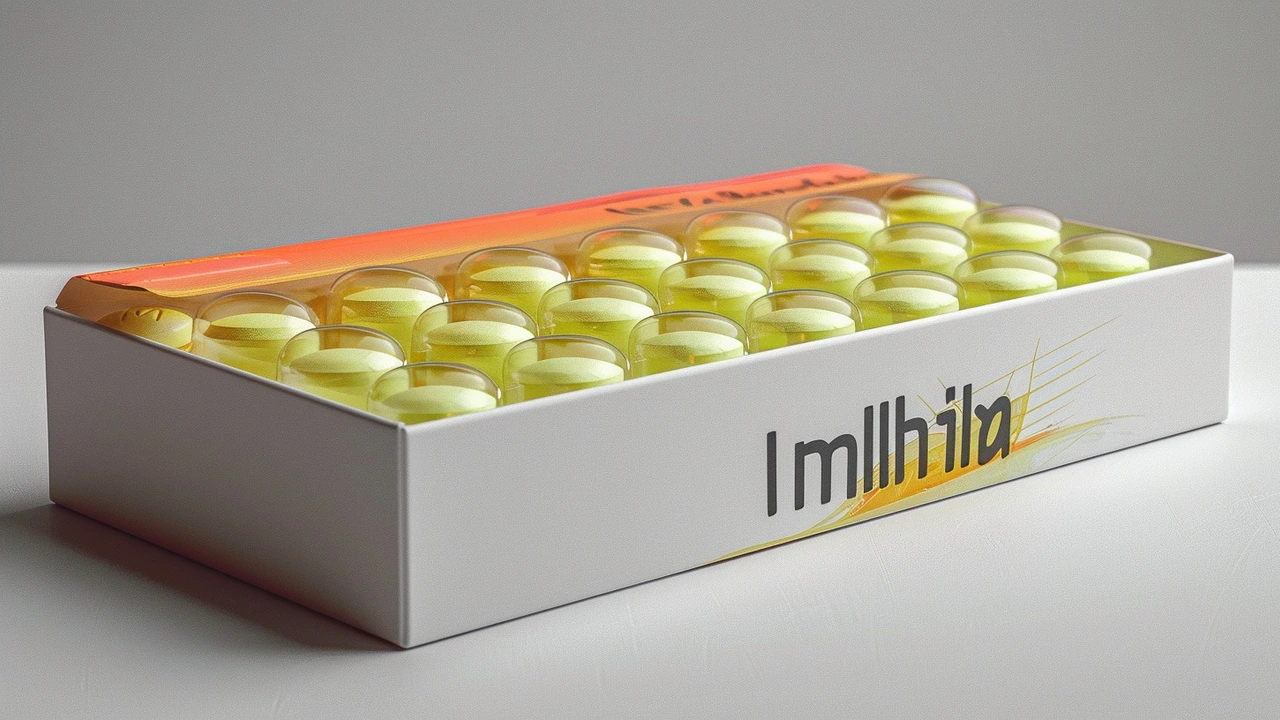Anti‑Nausea Drug Basics: What Works, What to Watch, and What’s Next
If you’ve ever felt queasy after a flight, a bad meal, or a medication, you know a good anti‑nausea drug can be a lifesaver. The market is packed with prescription pills, over‑the‑counter (OTC) tablets, and even natural options. But not every product fits everyone, and misuse can turn a simple remedy into a headache.
Most anti‑nausea drugs fall into three groups: dopamine antagonists (like metoclopramide), antihistamines (like meclizine), and serotonin 2 receptor blockers (like ondansetron). They work by calming the brain’s nausea center or by stopping signals from the stomach to the brain. Your choice depends on the cause – motion sickness, chemotherapy, post‑surgery, or a stomach bug – and on whether you need a prescription.
Motilium (Domperidone): The Popular Choice and Its Caveats
Motilium is a dopamine antagonist that many people turn to for quick nausea relief. It’s praised for not crossing the blood‑brain barrier, so it usually avoids the drowsiness you get from some antihistamines. However, recent safety alerts warn about heart rhythm issues, especially at high doses or in people with existing heart disease.
When you consider Motilium, ask yourself these questions:
- Do you have a history of heart problems or are you on other meds that affect heart rhythm?
- Can you get a prescription from a doctor who will monitor your ECG if needed?
- Is a lower‑dose OTC option, like meclizine, enough for your symptoms?
If the answers raise red flags, it’s time to explore alternatives.
Top Alternatives to Motilium for Quick Nausea Relief
Here are nine options that safely tackle nausea without the heart‑risk baggage:
- Meclizine (Bonine) – great for motion sickness; causes mild drowsiness.
- Ondansetron (Zofran) – powerful prescription drug, especially for chemo‑induced nausea.
- Ginger tablets or tea – natural, works well for mild stomach upset.
- Dimenhydrinate (Dramamine) – OTC, good for travel‑related nausea.
- Metoclopramide (Reglan) – prescription, helpful for gastroparesis but watch for movement disorders.
- Prochlorperazine (Compazine) – strong prescription, used in ER settings.
- Scopolamine patches – ideal for motion sickness on long trips.
- Vitamin B6 (Pyridoxine) – often paired with doxylamine for pregnancy‑related nausea.
- Acupressure wrist bands – non‑drug option, works for some people.
Most of these are easy to find at pharmacies or online. The key is matching the drug to the trigger and checking for interactions with any other meds you take.
Buying anti‑nausea drugs online? Stick to licensed Australian pharmacies or reputable Canadian sites that require a prescription. Look for clear contact info, a physical address, and a pharmacy registration number. Avoid “no‑prescription” offers for prescription‑only drugs – they’re often counterfeit.
When you order, verify the dosage form (tablet vs. liquid), read the expiration date, and store the medication as directed. If you ever feel a racing heartbeat, severe dizziness, or an allergic rash, stop the drug and call your doctor right away.
Bottom line: anti‑nausea drugs can bring fast relief, but they’re not one‑size‑fits‑all. Start with the mildest option that fits your symptom cause, check for heart or drug‑interaction warnings, and always use a reputable source. With the right choice, you’ll be back to feeling normal in no time.
Urgent Withdrawal Sought for High-Risk Anti-Nausea Medication Domperidone in Luxembourg
An urgent call for the withdrawal of the anti-nausea drug, Motilium, has been made by Prescrire magazine due to its potentially fatal side effects. The drug's active ingredient, Domperidone, poses serious cardiac risks. Alternatives are being advocated for.
- 14
- Read More
